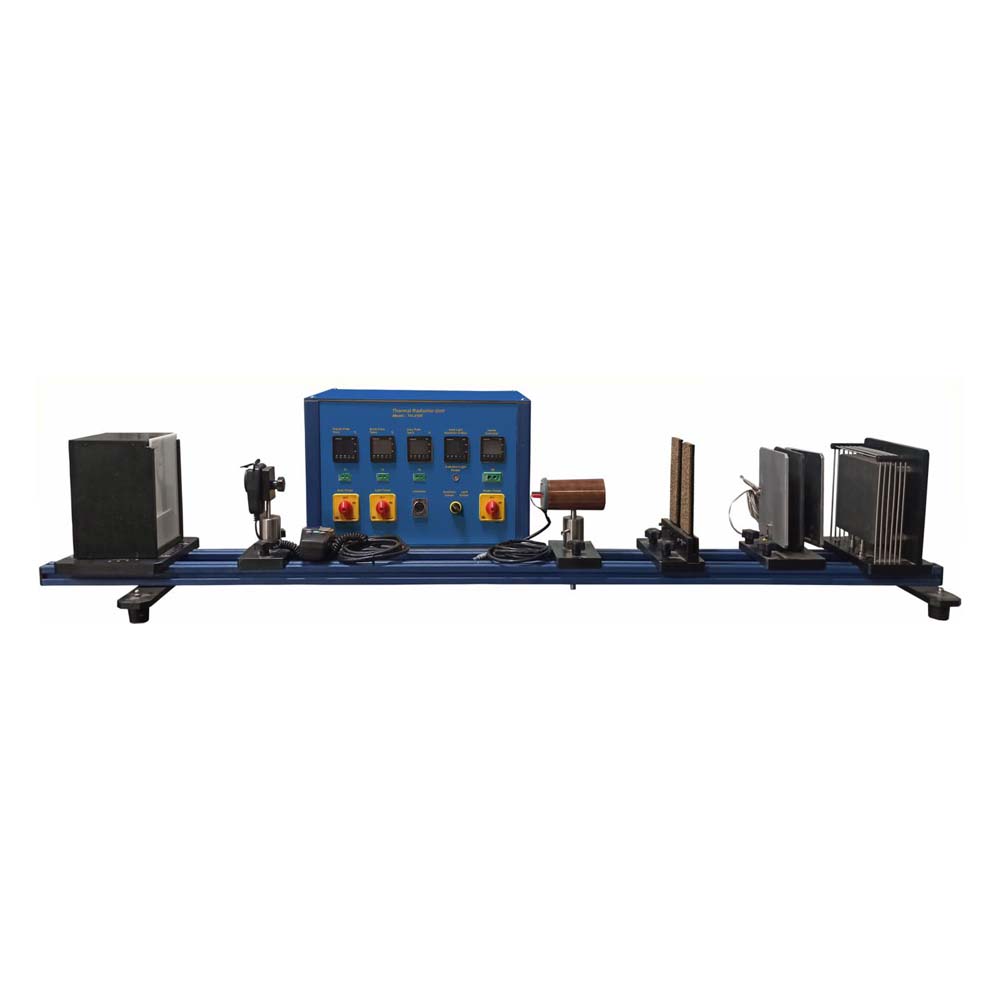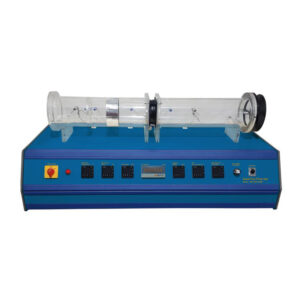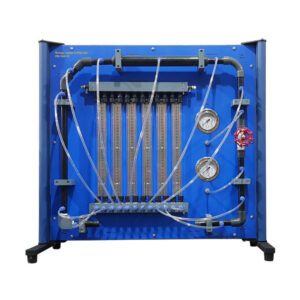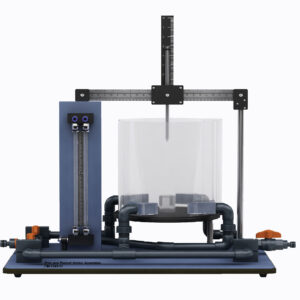The unit has been designed to demonstrate the fundamental laws relating to radiation. By performing a series of simple experiments, the students may verify the relevant equation appropriate to the behavior of radiations. Thermal radiation is a mode of heat transfer that differs significantly from the other two modes. The fact that radiant energy transfer occurs across a vacuum is often disturbing to students unless the theory relating to the properties of electromagnetic waves has been presented. The engineer is not directly concerned with the mechanism by which heat transfer occurs, but a sound knowledge of the properties and laws relating to the topic is required. By performing a series of simple experiments, the student may verify the relevant equations of radiation. The unit Thermal Radiation consists of electrically heated radiant heat and light sources together with a comprehensive range of targets and measuring instruments. Thermal radiation is a mode of heat transfer, which differs significantly from the other two modes, namely conduction, and convection. The fact that radiant energy transfer occurs across a vacuum is often disturbing to students unless the theory relating to the properties of electromagnetic waves has been presented. RADIATION HEAT TRANSFER & EXCHANGE consists of a pair of electrically heated radiant heat and light sources, together with a comprehensive range of targets and measuring instrumentation. The unit has been designed to demonstrate the fundamental laws relating to radiation. By performing a series of simple experiments the student may verify the relevant equation and appreciate the behavior of radiation. The unit consists of a horizontal track fitted with an interchangeable heat radiation source end and light source. Either the heat radiation detector or the light meter may be placed on the horizontal track. In addition, a number of accessories can be fitted for experimental purposes. These include metal plates, two vertically orientated metal plates to form an aperture, and a number of light filters. The radiation detector accessories are all clamped to a stand, which enables them to be positioned at different distances from the source. Distances are measured with scales mounted on the front and the back of the track. Temperatures of the three metal plates used in conjunction with the heat radiation source are displayed on the control panel. Output from the heat radiation detector and the light meter is displayed on the digital read out.
Experiments
- Inverse Square Law for Heat – To show that the intensity of radiation on a surface is inversely proportional to the square of the distance of the surface from the radiation source.
- Stefan-Boltzmann Law – To show that the intensity of radiation varies as the fourth power of the source temperature.
- Kickoff’s Law – To determine the validity of Kickoff’s Law which states that the emissivity of a grey surface is equal to its absorptivity of radiation received from another surface when in a condition of thermal equilibrium.
- Area Factors – To demonstrate that the exchange of radiant energy from one surface to another is dependent upon their interconnecting geometry, i.e. a function of the amount that each surface can ‘see’ of the other
- Inverse Square Law for Light – To show that the
- illuminance of a surface is inversely proportional to the square of the distance of the surface from the light source.
- Demonstrating how the emissivity of radiating surfaces in close proximity to each other will affect the surface temperature and the heat exchanged.
- Lambert’s Law of Absorption – To show that light passing through non-opaque matter is reduced in intensity in proportion to the thickness and absorptivity of the material.
- Determining the emissivity of radiating surface with different finishes namely polished and gray compared with matt black.
- Demonstrating the exchange of radiant energy from one surface to another is dependent upon their interconnecting geometry for example, a function of the amount that each surface can see of the other.
Specifications
- Thermal radiator and thermopile for the investigation of thermal radiation
- Light source and luxmeter for the investigation of illuminance
- Absorption plate and reflection plate with thermocouples for the investigation of Kirchhoff’s laws
- Adjustable radiant power of thermal radiator and light source
- Different color filters with holder
- Aperture plate
- luxmeter for measuring illuminance
- thermocouple for measuring the temperature
- thermopile for measuring radiant power




